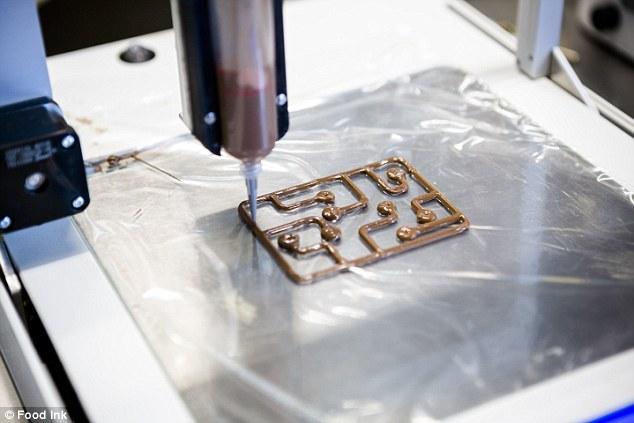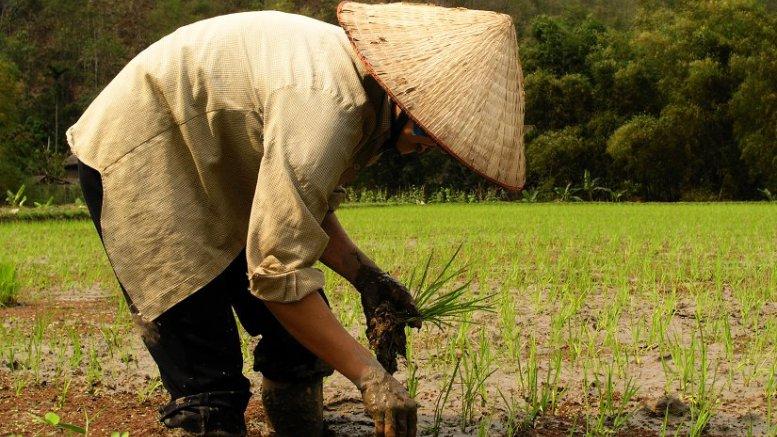 Southeast Asia has been quite successful in dealing with hunger issues in many of its countries, but progress on that positive path may soon be receiving an even larger push thanks to 3D printing technology and high tech, fabricated food.
Southeast Asia has been quite successful in dealing with hunger issues in many of its countries, but progress on that positive path may soon be receiving an even larger push thanks to 3D printing technology and high tech, fabricated food.
With the numbers already looking pretty impressive, the UN Food and Agriculture Organisation (FAO) states that hunger or undernourishment in Southeast Asia was reduced from 30.6% (prevalence of undernourishment or PoU) in 1990-92 to 9.6% PoU in the 2014-16 timeframe. According to a recent analytical article by Tamara Nair regarding these issues, that doesn’t mean the problem is solved, however, as the following areas are still seriously in need of a solution for citizens suffering due to hunger and malnourishment:
- Laos
- Cambodia
- Myanmar
- Philippines
- Indonesia
- Timor Leste
Along with a lack of good food or any at all, when Southeast Asians are eating, citizens are often subsisting on unhealthy foods, and it has been reported that due to issues in lifestyle, many of the more urban areas are reporting increases in non-communicable diseases such as obesity, diabetes, heart disease, and even strokes.
 Will 3D printing be able to come to the rescue for many of these areas? While we’ve certainly seen numerous other instances of 3D printed food, most of it has had a more whimsical bend rather than one of realistic self-sustainability for meals that real people eat, with examples so far such as 3D printed chocolate, and food to eat in space. If all the benefits of 3D printing were to be employed in this context, the results could indeed be the catalyst for turning around hunger and nutrition issues in Southeast Asia, but also other areas of the world, too.
Will 3D printing be able to come to the rescue for many of these areas? While we’ve certainly seen numerous other instances of 3D printed food, most of it has had a more whimsical bend rather than one of realistic self-sustainability for meals that real people eat, with examples so far such as 3D printed chocolate, and food to eat in space. If all the benefits of 3D printing were to be employed in this context, the results could indeed be the catalyst for turning around hunger and nutrition issues in Southeast Asia, but also other areas of the world, too.
First, with the ease in customization, user-specific meals could cater not just to health but to all the details of one individual, from age and caloric needs to particular dietary needs according to health issues or allergies. This could be a trend that translates to people everywhere. And while a shortage of food may often be the issue, here, much food waste would be eliminated as well. 3D printing is also much more environmentally friendly and, in many cases, offers greater affordability.
“A vibrant and healthy labor force is necessary for dynamic and growing economic region. They go together. Those interested in attempting to reduce nutritional deficits should look into all ways and means, including exploring new technologies to provide some of the answers,” states Nair, a Research Fellow at the Centre for Non-traditional Security (NTS) Studies in the S. Rajaratnam School of International Studies (RSIS), Nanyang Technological University, Singapore.
“We should not wait for a ‘trickle down’ effect of these technologies to reach us but embrace them at present as potential solutions.”
With the advent of 3D printed food in such regions that are well-familiar with natural—and catastrophic—disasters, self-sustainability would be key, and while there may still be many other issues to deal with after such times, at least solving the sustenance issue would be major progress. Post-disaster times are notably fraught with issues in getting food to residents, especially for those living in rural areas that are hard to get to with supplies.
Transportation of food would be much less of an issue, and with local 3D printers and materials on hand, sustenance could be found much faster, even if it might not be considered the tastiest fare—for example, in the form of cubes filled with nutrients coupled with rice. Algae and insects are commonly accepted as nutritional sources, and this may translate more easily to fabrication. These foodstuffs can also be stored much more compactly and may prove to be easier to keep safe as well as recover after a typhoon, earthquake, or even a volcanic eruption.
“Food and nutrition insecurity are a mainstay in disaster-hit areas, especially extended periods of food insecurity, and chronic malnutrition,” states Nair. “With minimized logistical concerns and reduced costs, it is not hard to see how…3D printing, where output is specifically designed to address the need, can be utilized effectively.”
Hopefully, it will be quite compelling to see how all interested parties come together to explore the use of 3D printed food for greater successes in Southeast Asia. Both the government and private companies may be able to come up with a solution for eliminating hunger altogether, along with better disaster plans—perhaps too acting as a role model for many other countries. Discuss in the 3D Printed Food forum at 3DPB.com.
[Source: Eurasia Review]
Subscribe to Our Email Newsletter
Stay up-to-date on all the latest news from the 3D printing industry and receive information and offers from third party vendors.
You May Also Like
3D Printing Financials: Steakholder Foods Balances Losses and 3D Printed Tech Advances in 2023
A pioneer in the field of 3D printed meat and fish, Steakholder Foods (Nasdaq: STKH) disclosed its 2023 financial results, a year highlighted by technological progress but overshadowed by financial...
3D Printing Financials: Protolabs’ Q1 3D Printing Revenue is Flat, Company Advances in Technology Push
Protolabs (NYSE: PRLB) has kicked off 2024 with a mild boost in revenue, revealing how the Minnesota-based company manages to adapt and thrive even in uncertain market conditions. While the...
Supply Chain Management and the Role of 3D Printing Digital Inventories
As the additive manufacturing (AM) industry grows beyond its humble roots as a rapid prototyping technology, it has been adopted by some of the world’s leading companies to produce not...
3D Printing Financials: Materialise’s Profitability Amid Revenue Dip in Q1 2024
Materialise (Nasdaq: MTLS) has released its first-quarter earnings for 2024, highlighting a challenging quarter with some key advances despite a dip in revenue. While navigating a mixed performance across its...
































